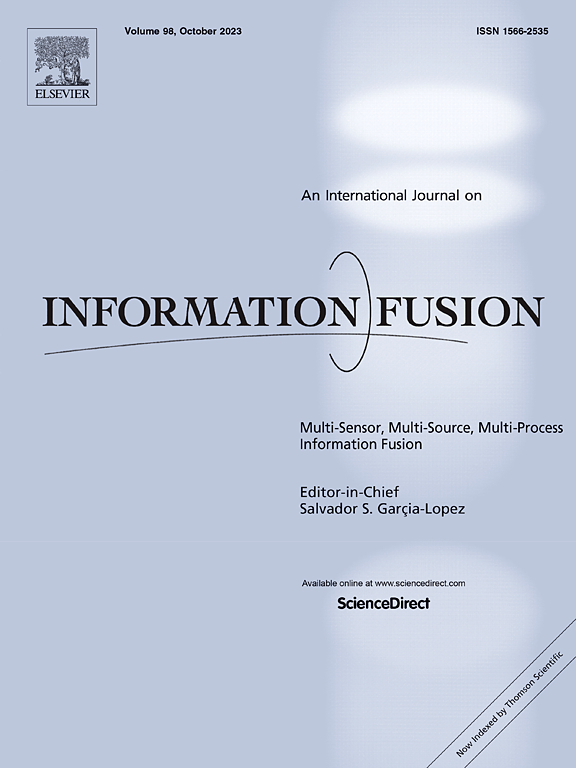Emotion inference of text based on counterfactual behavior knowledge
IF 14.7
1区 计算机科学
Q1 COMPUTER SCIENCE, ARTIFICIAL INTELLIGENCE
引用次数: 0
Abstract
Reader’s emotion is triggered by writer’s expression and content of text. Reader’s emotion inference can help industries and companies discover the preferences and needs of readers and customize appealing content. Currently, most scholars focus on mining emotion expressed by writers, while neglecting easily-transferred reader’s emotion which is simultaneously influenced by objective event content, subjective writer’s affect and individual cognition. Faced with that, we propose a reader’s emotion inference method based on counterfactual behavior knowledge. Multi-granularity elements are extracted, including event indicator, behavior driver and subjective words that hidden in text. Three steps are included in this method. First, counterfactual behavior knowledge is constructed by replacing A–F–B knowledge in original text, which assists models to process and understand the relationships between events and emotions according to the fusion of facts and counterfacts. Second, a knowledge prompt method is proposed, which splice the A–F–B knowledge (as a new feature) to supplement and reinforce established facts. Third, a decision enhancement method is proposed, which employs self-reflection mechanism to fuse original decision and improved decision based on emotion transfer preferences. Experiments and a questionnaire survey are conducted on social news data with reader’s emotion votes. The results show that the models with proposed method outperforms baseline models.
求助全文
约1分钟内获得全文
求助全文
来源期刊

Information Fusion
工程技术-计算机:理论方法
CiteScore
33.20
自引率
4.30%
发文量
161
审稿时长
7.9 months
期刊介绍:
Information Fusion serves as a central platform for showcasing advancements in multi-sensor, multi-source, multi-process information fusion, fostering collaboration among diverse disciplines driving its progress. It is the leading outlet for sharing research and development in this field, focusing on architectures, algorithms, and applications. Papers dealing with fundamental theoretical analyses as well as those demonstrating their application to real-world problems will be welcome.
 求助内容:
求助内容: 应助结果提醒方式:
应助结果提醒方式:


